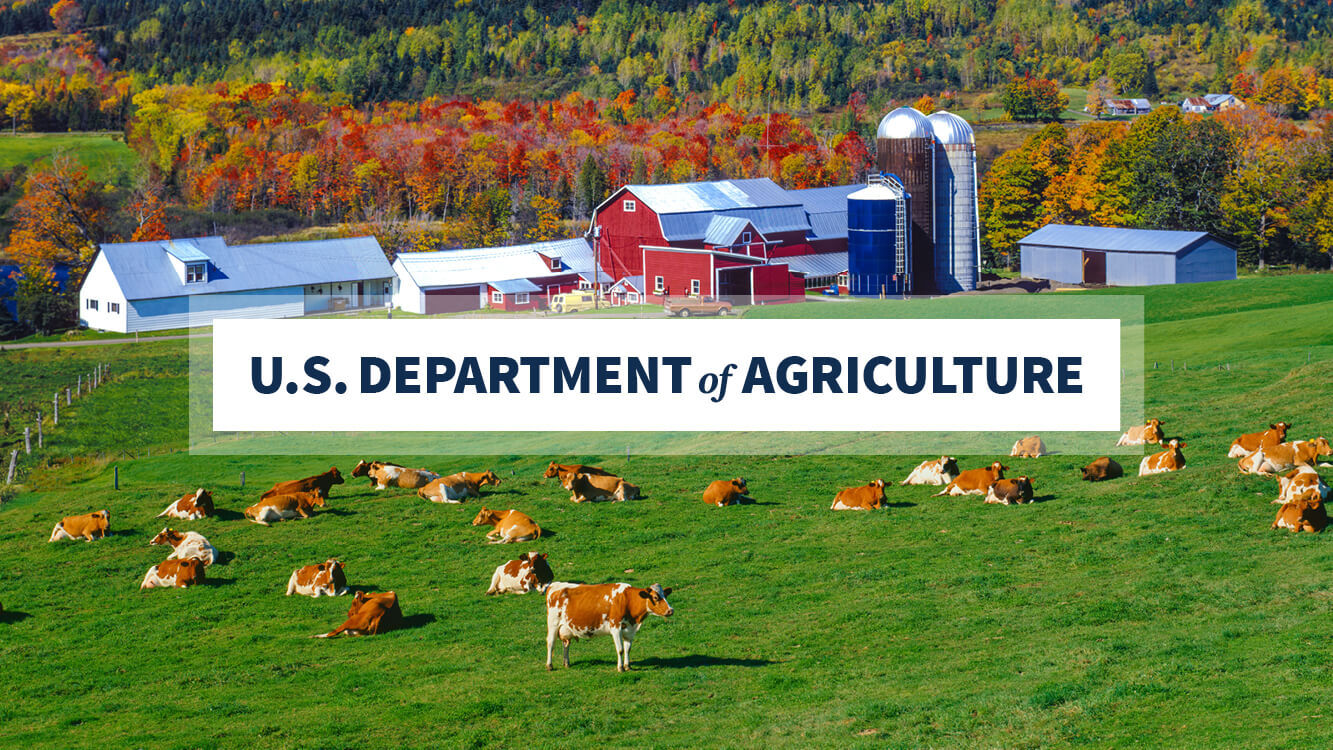Symptoms of MS Facial Twitching
It may start as something we’re all familiar with: tiny spasms around your eyelid.
“When you’re tired or stressed and you get fluttering under your eye or eyelid and it’s really annoying,” says Sharon Stoll, DO, a neurologist and MS specialist with Yale Medicine. And for most people, that’s as far as it goes.
But when this twitching is from multiple sclerosis (MS), this facial twitching may spread. It might go down your cheek to your mouth or jawline. And it happens more often. “It’s occurring multiple times a day,” says Oliver Tobin, MB, a neurologist who specializes in MS at the Mayo Clinic.
Usually, MS facial twitching affects one side of your face at a time. And you may notice other facial symptoms first, like numbness, tingling, weakness, or other weird sensations.
“People will usually say, ‘My face feels swollen, but I look in the mirror and it’s not swollen,’” Stoll says. “And the spasms will happen months later.”
Different Types of MS Facial Twitching
Even for people who have MS, an occasional eyelid tremble, by itself, usually has nothing to do with the disease. But in some cases, it might be a sign of a larger issue related to MS, including:
Continuous facial myokymia: This can feel kind of like an eyelid twitch (myokymia). But you’ll get ongoing spasms in other areas, such as your forehead, cheek, mouth, and chin.
These twinges are relatively common in people who have MS. And they’re usually short-lived and painless. But they can be uncomfortable. “It just feels weird,” Tobin says.
Hemifacial spasm: Compared to facial myokymia, these are longer-lasting contractions.
Strong facial spasms may force your eyelid closed or pull your mouth to one side. You may feel a lot of tightness, Tobin says. At some point, all the muscles on one side of your face may be involved. It may look like you’re having a seizure.
It’s rare for MS to cause hemifacial spasm. Stoll hardly ever sees it in her practice. But if it happens to you, it tends to be more severe and lifestyle-limiting than facial myokymia.
“Imagine if half your face is spasming all the time,” she says. “You can’t eat. You can’t talk.”
What Causes MS Facial Twitching?
When you have MS, your immune system breaks down myelin. That’s the protective cover around your nerves. Without this insulation, it’s hard for signals to travel from your brain to your muscles the way they should.
Most people with MS facial twitching have a lesion in a certain part of the brainstem called the pons. Important nerves go in and out of this bony canal. Doctors typically find damage to the seventh cranial nerve, better known as the facial nerve.
Like the name suggests, your facial nerve controls your facial muscles. (It also plays a part in how some of your taste buds work.)
It’s unclear exactly how MS lesions cause facial twitching. We need more research to find out. But scientists have some theories, including:
Ephaptic transmission: Nerve impulses tell your body how to move. But a lack of myelin can make your nerves glitchy. And when you have two damaged (demyelinated) nerves right next to each other, the electrical signal from one can set off the other.
“It’s essentially like a leaky current,” Tobin says.
Here are some examples of ephaptic transmission that you might be familiar with:
- Lhermitte’s sign: You bend your neck and get a buzzing sensation down your body. It may be a sign of MS, but it can happen to anyone.
- Tonic spasms: You go to stand or move your body and get painful muscle contractions in your arms or legs. These spasms usually last 60 to 90 seconds.
Nerve hyperexcitability: Your facial nerve may fire more than it should. Some scientists think hyperexcitability from other areas may cause MS facial twitching even if you don’t have a visible lesion in the pons of your brain stem.
How Do You Diagnose MS Facial Twitching?
Unlike other MS symptoms, continuous facial myokymia and hemifacial spasm may not be a sign of a new lesion.
Still, your doctor will want some new pictures of your brain to be sure. Updated MRI scans can give strong clues about whether your MS is well-controlled or you’re having a relapse.
You may also get a special nerve test. This is called an electromyography (EMG). It’ll measure the timing of your muscle spasms. This is a good way to tell the difference between facial myokymia (short spasms) and hemifacial spasm (prolonged spasms).
Your doctor may order blood work or additional tests to rule out other health conditions. You can have facial twitching for many reasons unrelated to MS, including inflammation or infection.
Your facial twitches might be idiopathic. That means “there’s no real connection” to any medical issue, Stoll says.
Treatment for MS Facial Twitching
You may not need to do anything except wait. Facial twitching often resolves on its own after a few weeks or months. That’s especially true for facial myokymia, Tobin says.
MS-related hemifacial spasm also tends to ease over time. But it may take years. And some people may have these spasms for the rest of their life.
The good news is you can get help for your symptoms no matter how short or long they last.
Treatment for MS facial twitching includes:
Botox: Botulinum toxin can temporarily paralyze facial muscles. That’s how it gets rid of wrinkles. But it’s also the most effective way to stop serious facial twitches.
Botox can help people with hemifacial spasm “get their lives back,” Stoll says.
You’ll typically need shots every 3 months until your spasms stop. Ask your doctor to refer you to a neurologist who regularly treats hemifacial spasm. They’ll help you figure out when it’s safe to start and stop treatment.
Other medications: Your doctor may have you try other drug treatments. For mild facial twitching, that might include
- Sodium channel blockers (carbamazepine or lamotrigine)
- Anticonvulsants (gabapentin)
- Drugs to suppress your immune system (corticosteroids)
Lifestyle changes: MS facial twitching isn’t your fault. “But it’s more likely to reappear with stress and fatigue,” Stoll says.
When to See Your Doctor
Random eyelid twitches are usually nothing to worry about.
But check in with your neurologist if other facial muscles start to spasm. Call them right away if your twitches are new and last for more than 24 hours. “That’s true for any symptom from multiple sclerosis,” Stoll says.
MS facial twitching usually goes away at some point. And when that happens, you may wonder: Will it come back?
“That’s a good question. I don’t think we really know,” Tobin says. “But if it’s gone for a week or two, then it’s probably gone.”
Note: This article have been indexed to our site. We do not claim legitimacy, ownership or copyright of any of the content above. To see the article at original source Click Here













